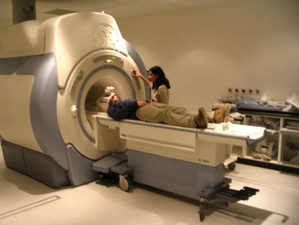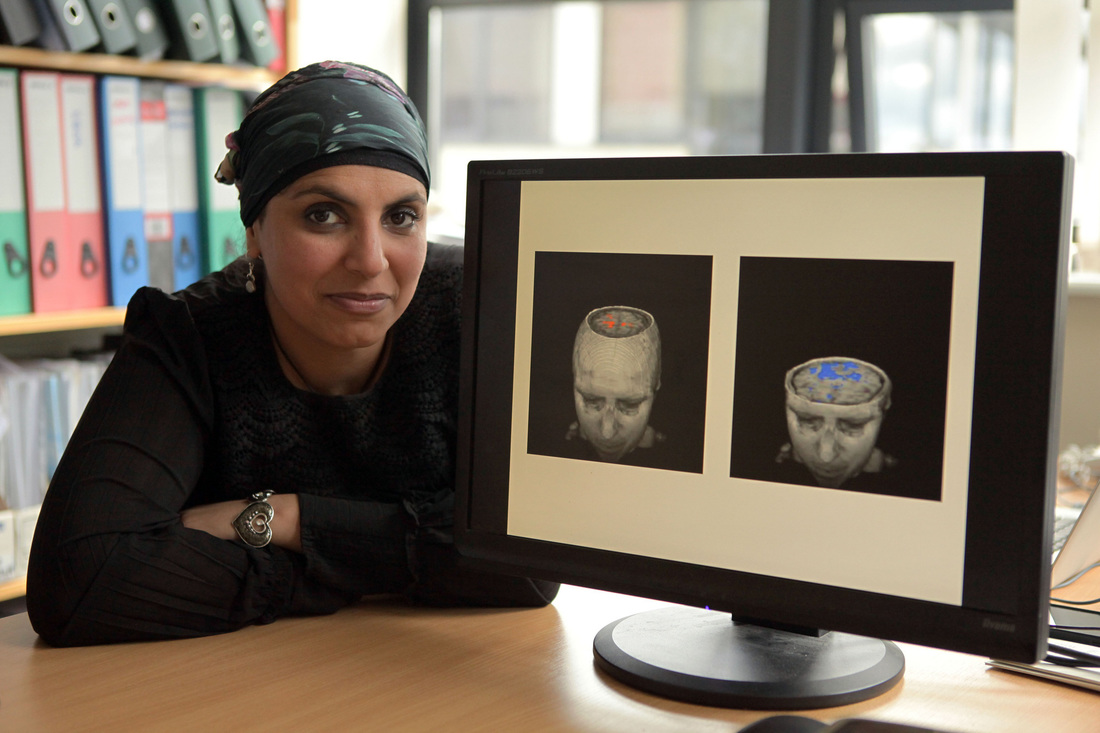Neuroimaging Acupuncture
The fMRI scanner at the York Neuroimaging Centre Background Acupuncture is a treatment modality that is growing in popularity in the UK. In parallel, a number of recent high quality trials have provided evidence of clinical effectiveness, and in some cases cost-effectiveness, for a range of conditions, especially those associated with pain. Despite this growing body of evidence, there are many sceptics who would like “objective” evidence of acupuncture’s impact on biological correlates. One area of research where such “objective” evidence has now become possible is in the mapping of the effect of acupuncture on regionally specific structures within the brain. Such specific and quantifiable data would extend the evidence base for the mechanisms underlying acupuncture, and potentially contribute to the explanations of its clinical impact. Research objectives:
The BBC broadcasted a programme that included a section on the above research, 24th January, 2006. [Press release] [See full programme]

With the same research team, we illustrated some of our findings on BBC2's programme Trust Me I'm a Doctor in 2014. This broadcast featured a brain scan associated with acupuncture using the same acupuncture point, which provided consistent data with previous results, and a possible explanation of how acupuncture might mediate our experience of pain.[Watch this]
|
|
Key publications:
Asghar AUR, Johnson RL, Woods W, Green GGR, Lewith G and MacPherson H. Oscillatory neuronal dynamics associated with manual acupuncture: a magnetoencephalography study using beamforming
analysis. Front. Hum. Neurosci. 2012, 6:303. [Abstract and free full text] Asghar AUR, Green G, Lythgoe MF, Lewith G, MacPherson H. Acupuncture needling sensation: The neural correlates of deqi using fMRI. Brain Research. 2010. [Abstract] MacPherson H., et al. Brain imaging of acupuncture: Comparing superficial with deep needling. Neuroscience Letters, 2008 434(1): 144-149. [Abstract] Other publications: MacPherson H, Asghar A. Acupuncture needle sensations associated with De Qi: a classification based on expert's ratings. J Alt Comp Medicine. 2006; 12(7): 633-7. [Abstract] Youtube video recorded in 2006, the early stages of the project [Click here] Oct 2014 video clip of BBC2's programme Trust Me I'm a Doctor featuring a brain scan associated with acupuncture using the same acupuncture point.[Watch this] |
- Home
- Journal articles
- Edited books
-
Research projects
- Acupuncture for chronic pain (ATC)
- Acupuncture & Counselling for Depression Project (ACUDep)
- Acupuncture for Irritable Bowel Syndrome (AcIBS)
- Acupuncture for Osteoarthritis of the Knee (OAK)
- Acupuncture & Alexander Technique for Chronic Neck Pain
- STRICTA
- Mapping the practice of acupuncture in the UK
- Scoping Study on Complementary and Alternative Medicine
- Mechanisms in the management of back pain
- Acupuncture for Back Pain Project (YacBac)
- Acupuncture for Non-cardiac Chest Pain
- Acupuncture Safety Projects
- Chinese Herbs Safety Project
- Neuroimaging of Acupuncture Projects
- Presentations
- Media and press
- Profile
- Contact

